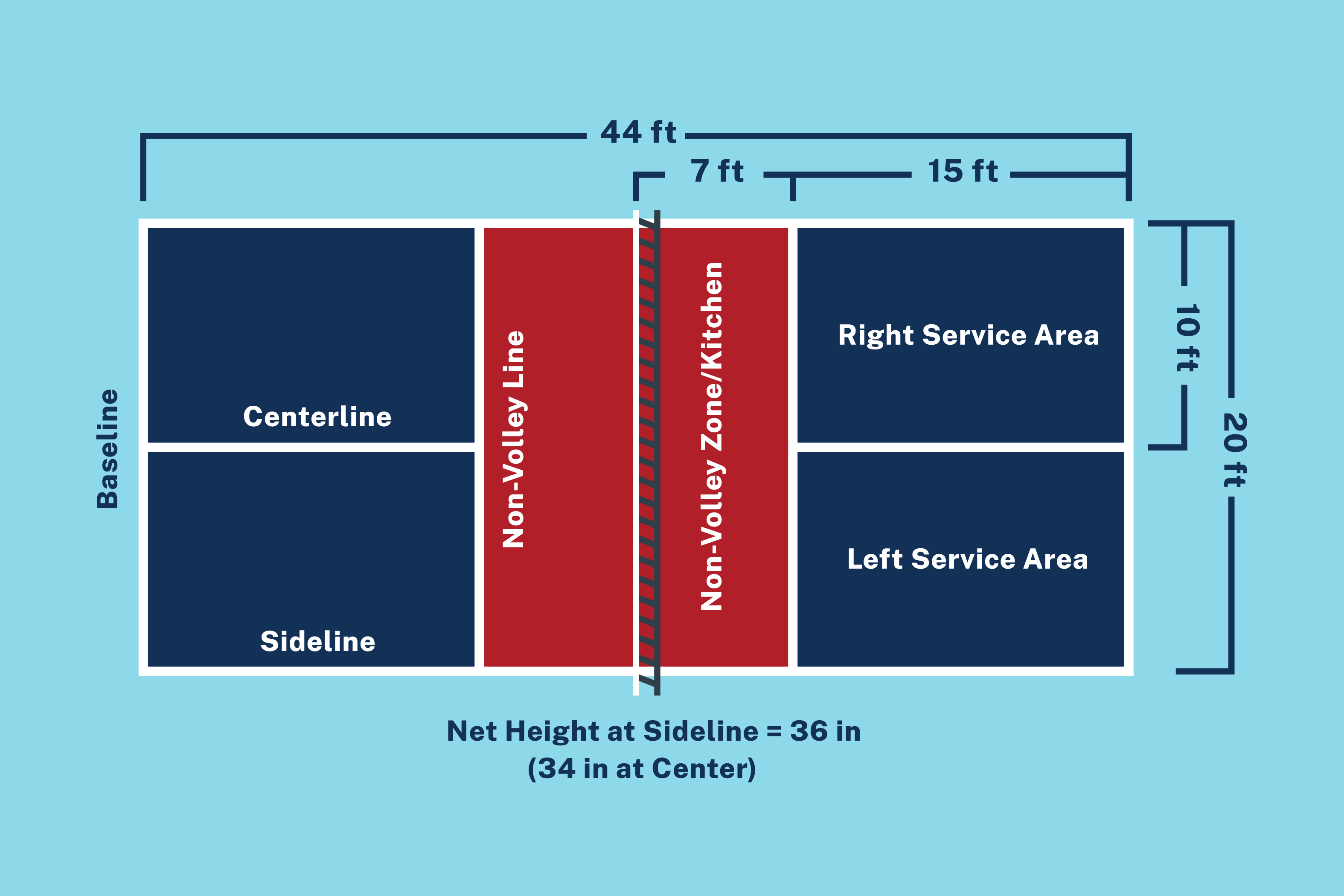Pickleball for Beginners in Thailand, Everything You Need to Know (Gay Pickleball Friendly)
2270
Learn why pickleball is one of the booming social sports that anyone can enjoy!

PULSE Tips | Pickleball for Beginners - A Complete Basics You Should Know
What is Pickleball?
Pickleball might just be the most fun you’ve never heard of until now. This lively sport is a blend of tennis, badminton, and ping-pong, all rolled into one, making it both easy to learn and endlessly entertaining. It was invented in 1965 by three dads: Joel Pritchard, Bill Bell, and Barney McCallum who were looking to create a game that their families could enjoy together. What started as a backyard pastime on Bainbridge Island, Washington, quickly grew into a nationwide craze.
So, why is pickleball becoming so popular? The answer is its accessibility. Pickleball is welcoming to people of all ages and skill levels, offering a gentle learning curve for beginners while still providing plenty of challenge for seasoned players. The smaller court size and slower-moving ball make it less physically demanding than tennis, yet it’s just as engaging and strategic. Plus, it’s incredibly social—whether you’re playing a casual game with friends or entering a local tournament, pickleball brings people together.
Equipment You Needed to Get Started!
To get started with pickleball, you’ll only need a few key pieces of equipment.
- Paddle: Pickleball paddles are slightly larger than ping-pong paddles but smaller than tennis rackets. They’re typically made from lightweight materials like wood, composite, or graphite, making them easy to handle and maneuver.
- Ball: The ball used in pickleball is a perforated plastic ball, often compared to a Wiffle ball. It’s lightweight and designed to travel at a moderate speed, which is perfect for both beginners and seasoned players.
- Court Setup: Pickleball courts are smaller than tennis courts, measuring 20 feet by 44 feet. The court is divided into two halves by a net, which is 36 inches high at the sidelines and 34 inches high in the center. The smaller court size means less running and more focus on technique and strategy.
- Proper Attire: While there’s no strict dress code, comfortable athletic wear is recommended. Tennis shoes or court shoes with good grip and support are ideal, as they provide stability and prevent slipping on the court.
Understanding the Court
With the court size that is comparatively more compact rather than tennis' encouraging quick reflexes and strategic play. By understanding the court areas can help you maneuver the space agilely.
- Non-Volley Zone (The Kitchen): The area within 7 feet of the net on both sides is known as the non-volley zone, or "the kitchen." Players aren’t allowed to volley (hit the ball in the air before it bounces) while standing in this zone. This rule adds a strategic element, as it prevents players from dominating the net and encourages more rallies.
- Service Areas: The court is divided into left and right service areas. When serving, the player must stand behind the baseline and serve diagonally into the opposite service area. The serve must clear the net and land within the boundaries of the opposing service box to be valid.
Fun Tip: Think of the kitchen area as a "no-fry zone"—if you get too close, you might get burned! Staying just outside this area will help you keep control of the game while avoiding any “fried” mistakes (I'm starting to joke like my dad)...
Picture from: usapickleball.org
How to Play Pickleball?
Basic Rules
Pickleball is a straightforward game, but understanding the basic rules will help you get the most out of it.
- Serving
- The game begins with an underhand serve. The server must stand behind the baseline and hit the ball diagonally into the opponent’s service area.
- The serve must be made below the waist and the ball should not touch the net. If it does, it's considered a fault.
- Only one serve attempt is allowed, except in the case of a let (when the ball touches the net but lands in the correct service box).
- Scoring
- Points are only scored by the serving team. Games are typically played to 11 points, but a team must win by 2 points.
- The server continues serving until they commit a fault. In doubles, after both players on the serving team have served and lost the point, the serve goes to the opposing team.
- When calling the score, the server says their team’s score first, then the opponent’s score, followed by which server they are (1 or 2).
- Common Fouls
- Foot Faults: Stepping on or over the baseline during the serve.
- Volleying in the Kitchen: Hitting the ball in the air while standing in the non-volley zone (the kitchen).
- Double Bounce: Failing to let the ball bounce once on each side before volleys are allowed at the beginning of the point.
- Out of Bounds: Hitting the ball outside the court’s boundary lines.
Game Flow
Understanding how a typical pickleball game goes will help you jump right in.
- Start the Game:
- The game begins with a serve. The server must hit the ball diagonally into the opponent's service area. In doubles, only one player serves at a time, and both teams start each game with the server on the right side of the court.
- The Rally:
- Once the ball is in play, the receiving team must let it bounce before returning it. Similarly, the serving team must let the return bounce before hitting it back. This is called the “double bounce rule.”
- After the initial bounces, the ball can be volleyed (hit before it bounces) or played off the bounce. Players aim to outmaneuver their opponents, forcing them to make a mistake or hit the ball out of bounds.
- Scoring Points:
- Points are scored when the serving team wins a rally by either the opposing team failing to return the ball, hitting it out of bounds, or committing a fault.
- After a point is scored, the server switches sides with their partner in doubles. The game continues with the same player serving until a fault occurs, at which point the serve goes to the other player on the team or, in singles, to the opponent.
- Winning the Game:
- The first team to reach 11 points wins the game, but you must win by at least 2 points. If the score is tied at 10-10, play continues until one team leads by 2 points.
Techniques and Tips
Learn these basic key shots
- Serve: Get the ball in play with a smooth underhand motion.
- Forehand & Backhand: Basic strokes that let you control the game.
- Dink: A soft shot that lands in the kitchen, keeping your opponent off balance.
Movement and Positioning
Move efficiently to cover the court, and position yourself just behind the kitchen line to maximize your reach and control.
Strategy for Beginners
- Focus on keeping the ball low and aiming for your opponent’s weak spots. Play patiently, and don’t rush to win points—let your opponent make mistakes.
- Practice your serve and footwork regularly. Stay aware of your position on the court, especially near the kitchen. Keep your shots controlled and deliberate, focusing on accuracy rather than power.
Just remember, the more you play, the better you’ll get!
So, what are you waiting for? Grab a paddle, find a local court, and start playing!




